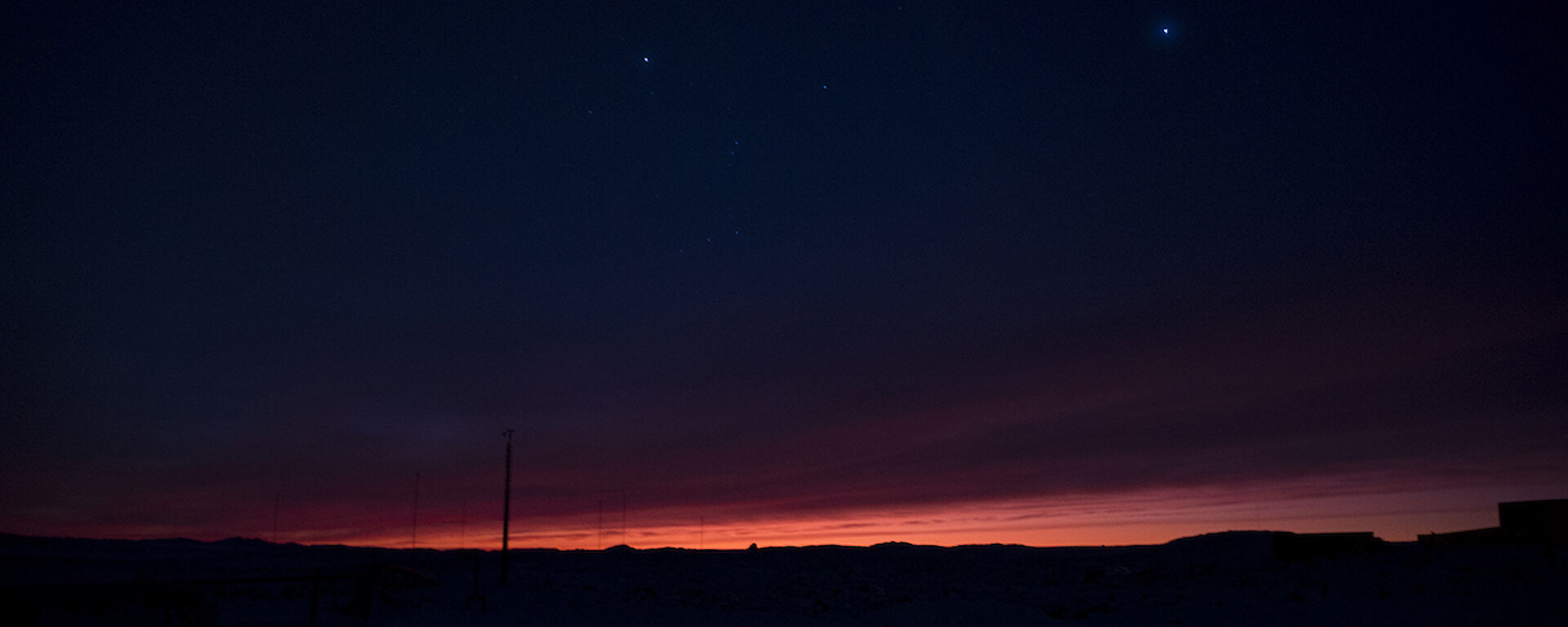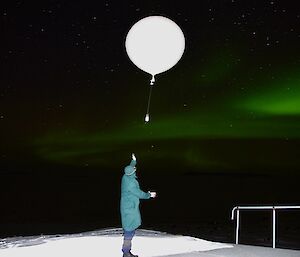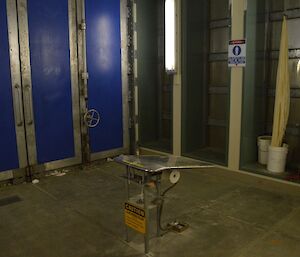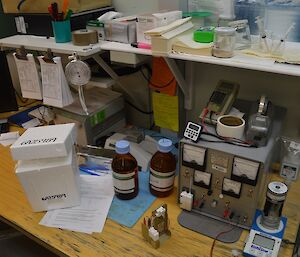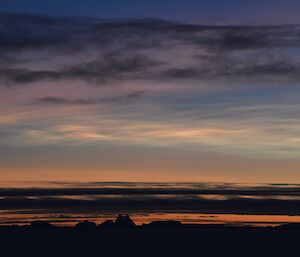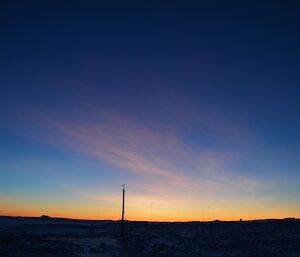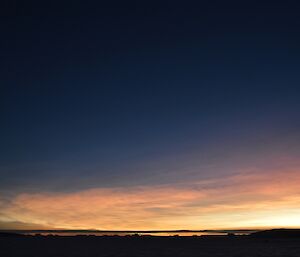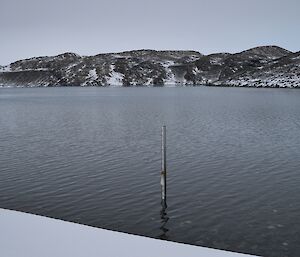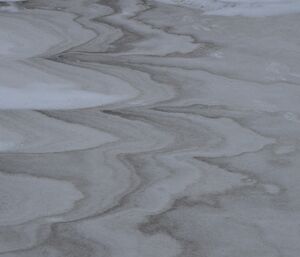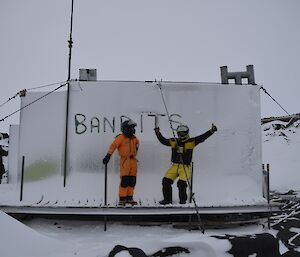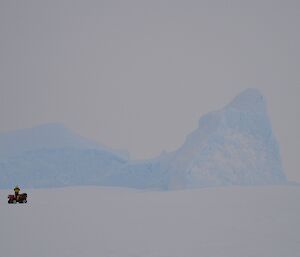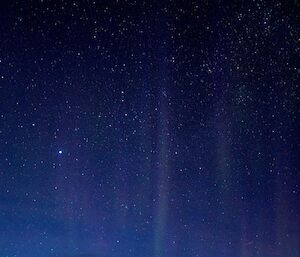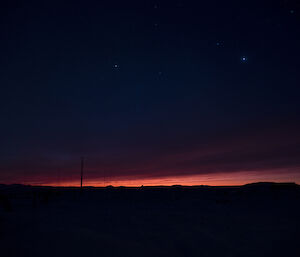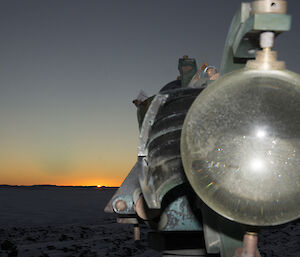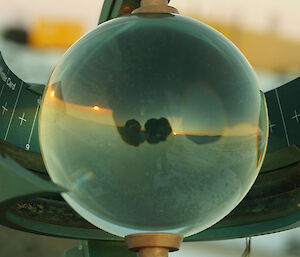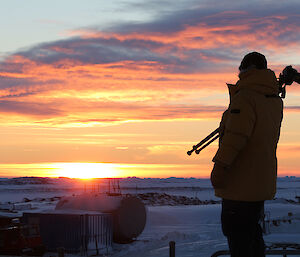We have just started doing weekly ozone sonde flights again for the all important spring season, after forgetting all about them since last December. Like our regular daily sonde flights, the purpose is to bring back data about the state of the atmosphere, with the sonde carried by a big hydrogen filled balloon, transmitting back information over radio waves to our Bureau of Meteorology computer.
A normal sonde is the size of your fist and measures temperature, humidity, and atmospheric pressure, along with a GPS which measures wind direction and speed as the balloon rises with the air at about five metres per second. We release these every day and the data is mostly for weather forecasting models and climate records. The balloons rise to a height of 20–30 kilometres before they burst. In fact some months ago I even found the remains of one on a walk about ten kilometres from station! But most will be carried much further away. The chances of one landing on your head are quite low.
The ozone sonde is another package in addition to the normal sonde which has a little pump that sucks in air. This then goes to two little chemical cells, an anode and a cathode, where strange chemistry stuff happens. Don’t ask me about chemistry, it’s only a step above alchemy as far as I’m concerned — but the result is that a tiny electrical current indicates how much ozone gas is present.
Ozone is a company based in southern France that makes great paraglider wings and kites. It is also a gas that naturally occurs as UV radiation is absorbed in the stratosphere (higher than ten kilometres). The “ozone hole” you have probably heard about was discovered in 1985 and is due to the damaging affects of aerosols for various industrial and commercial applications containing CFC’s which were then banned, with production completely phased out by 1996.
Now in 2013 it looks like after the damage done decades ago, the ozone layer may finally be starting to recover. If it turns out to be true it will be great news. Although it looks like no matter what, I’ll still have to use sunscreen for the next several decades. Nevertheless, we were told during training that ozone flights this year could be the ones to confirm whether the ozone hole recovery is a trend or an anomaly.
Now would be a good time to thank the Davis support staff. They have recently done a great job fixing the ventilation fan. This is one of the safety systems we have for working with the hydrogen gas in the balloon room. It was starting to sound more like a jet turbine than a ventilation fan, and as we didn’t have any spare parts on station, we relied on some diesel mechanic magic to fix it before it self destructed. They managed to replace fan shaft and bearings without any interruption to our balloon programme. Good job!
To set up an ozone sonde takes quite some time. It is commenced over a week before the flight, and includes various tests, measurements, and checks. The sondes are also quite expensive, so you can imagine that it is quite disappointing if you see your package hit the ground and damage the delicate sonde package when you release the balloon. Ideally the winds will be light but for my release a blow had peaked just the night before and I was a little nervous.
The weather (wind) forecast for the next few days wasn’t looking any better so I decided to give it a go, and with a little adrenaline I ran the balloon out the door and got it away safely in 25 knots. For the next few hours I kept an eye on it on the computer as it rose to a height of 27754 metres before the balloon burst. With an atmospheric pressure reaching 9.9hPa the balloon would have expanded to approximately one hundred times the original volume! That was definitely a good result, and what’s more, the instrumentation inside continued to function and deliver good data, even with outside temperatures getting as low as −89.3 degrees Celsius. Since I had to get up an hour earlier to prepare it, I was very happy it worked!
On the topic of ozone, as I write this I think I have spotted another polar stratospheric cloud (PSC). PSC’s look pretty, but they actually are associated with ozone depletion. Since they are so high, they are illuminated by the sun in twilight hours, when normal clouds (stratocumulus, altostratus, cirrus, etc) are still below the suns rays. At this time of year we have a lot of twilight hours so we see them more often. I’ve also spotted them on 3, 4, 18 June.

